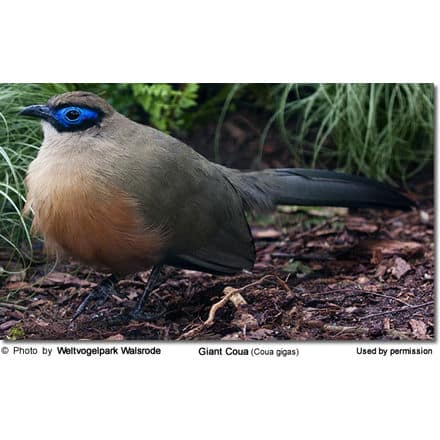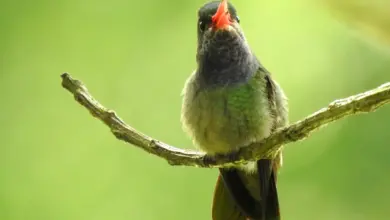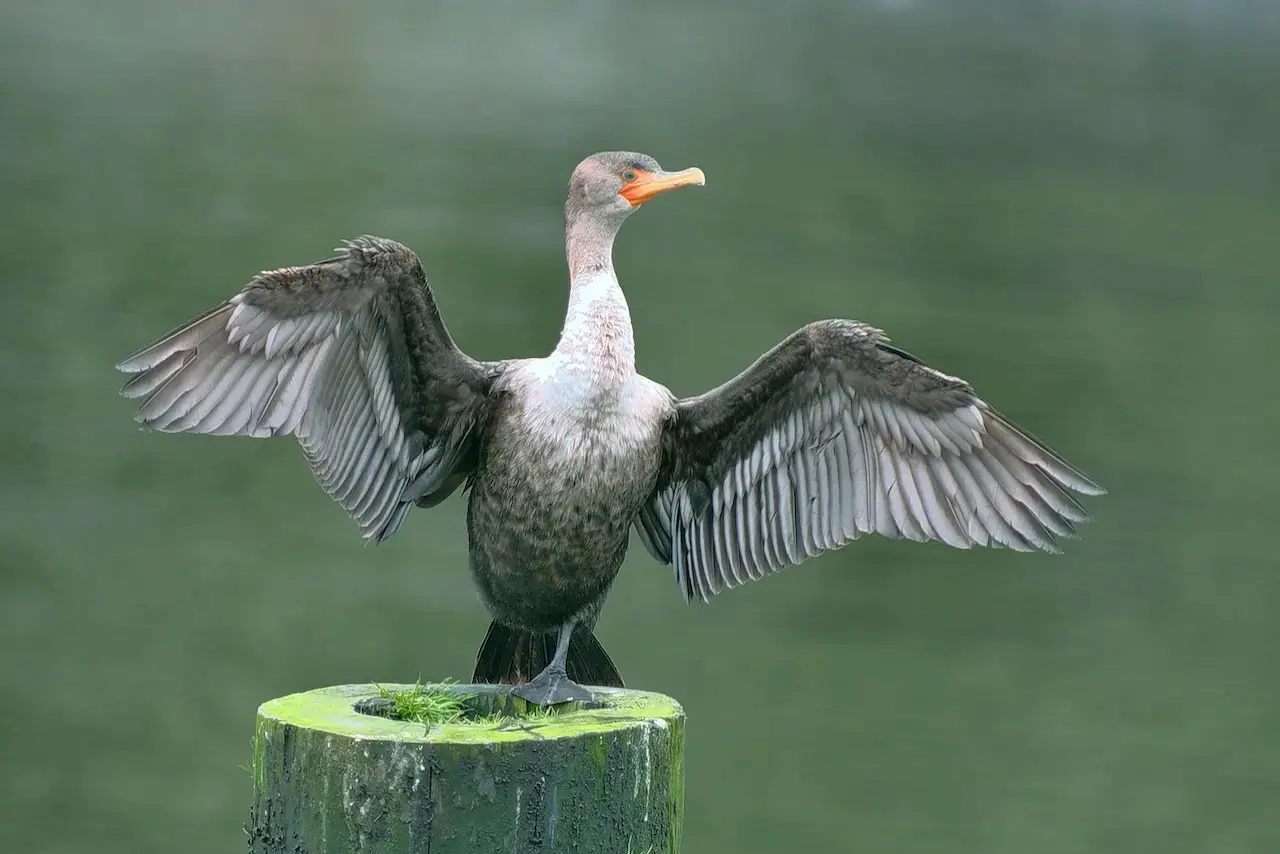Pied Avocets
The Pied Avocets (Recurvirostra avosetta) are large black and white waders that occur naturally in Europe, Africa, and Asia.
Distribution / Range
They breed in temperate Europe and western and Central Asia. It is a migratory species and most winters are in Africa or southern Asia. Some remain to winter in the mildest parts of their range, for example in southern Spain and southern England.
In 1984, this Avocet became extinct in Great Britain, but it was successfully reintroduced in Minsmere, Suffolk in 1947.
Following its recovery, an image of this species has been adopted as the logo of the Royal Society for the Protection of Birds.
Description
Pied Avocets are white waders with bold black markings.
They measure about 16.5-17.75 inches (42–45 cm) in length – including the bill, which measures 2.95-3.35 inches (7.5–8.5 cm), and the legs that are approximately 3-4 inches (8–10.5 cm) long. They have a wingspan of about 30-31.5 inches (77–80 cm).
Adults have mostly white plumage, except for a black cap and black blotches on the wings and backs. Their bills are long and upturned bills, and their legs are long and bluish.
Males and females look alike.
Juveniles look like adults, but their plumage is more greyish.
Calls / Vocalizations
Its call is described as a far-carrying, liquid, melodious kluit kluit.
Diet / Feeding
Pied Avocets mostly feed on crustaceans and insects. They typically forage in shallow brackish water or on mud flats, often moving their bills from side to side in water as they search for food.
Breeding / Nesting
Pied Avocets breed near shallow lakes with brackish water and exposed bare mud. They often nest in small colonies, sometimes with other waders. Their nests are placed on open ground. The average clutch consists of 3 – 5 eggs, which are laid in a lined scrape or on a mound of vegetation.



